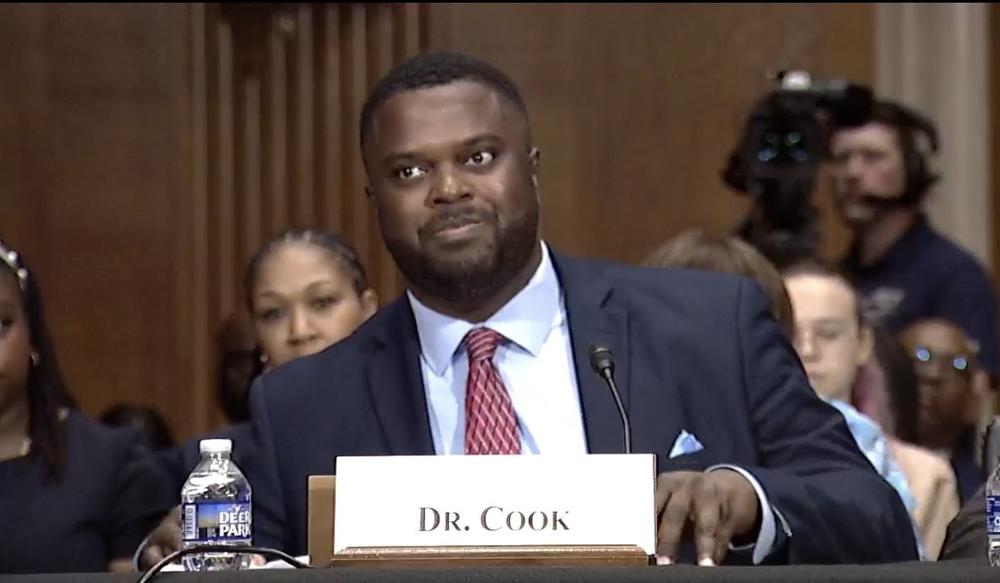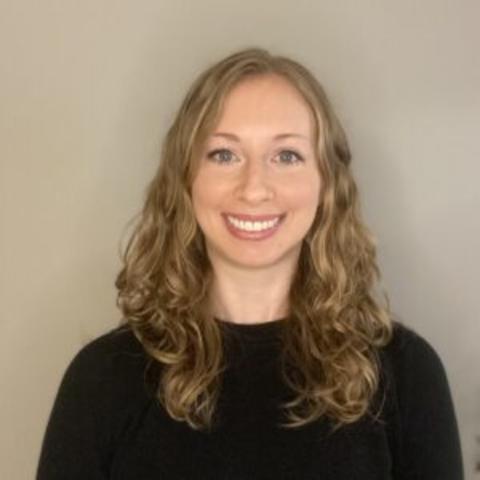
Caption
Dr. Samuel Cook, a resident at Morehouse School of Medicine in Atlanta testified before the U.S. Senate Committee on Health, Education, Labor and Pensions on May 2, 2024, about the need for more support for HBCU schools of medicine.
Credit: Screenshot from U.S. Senate webcast

